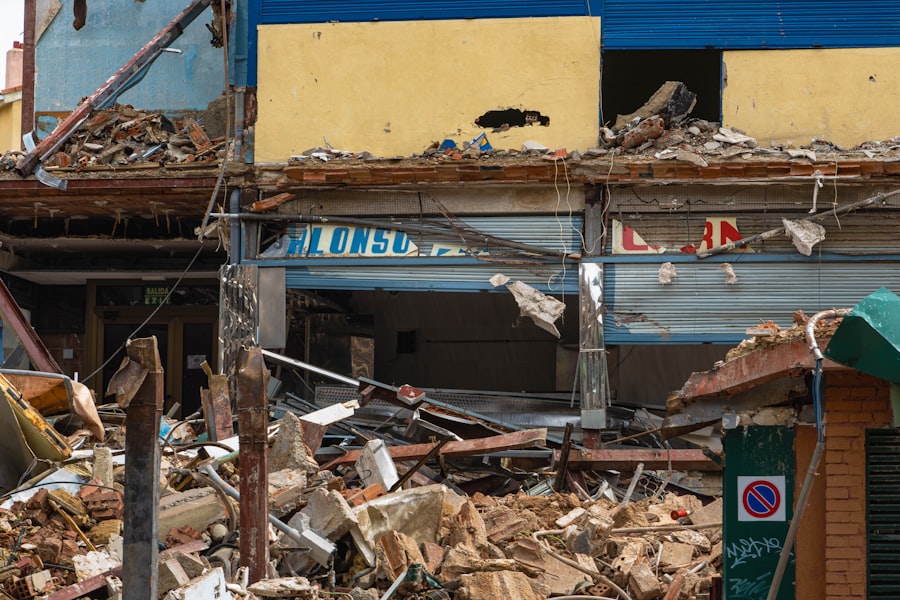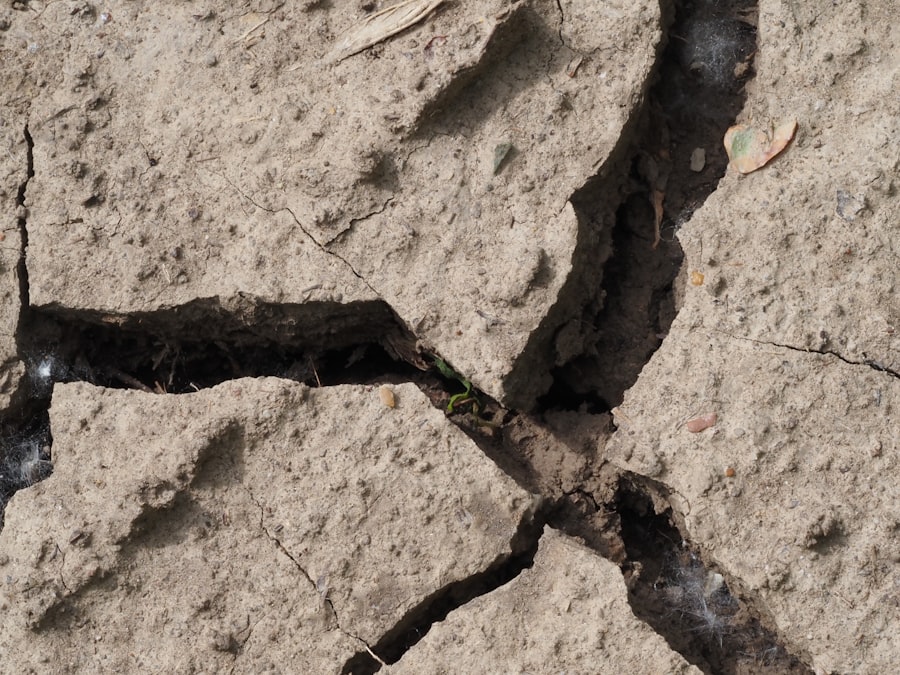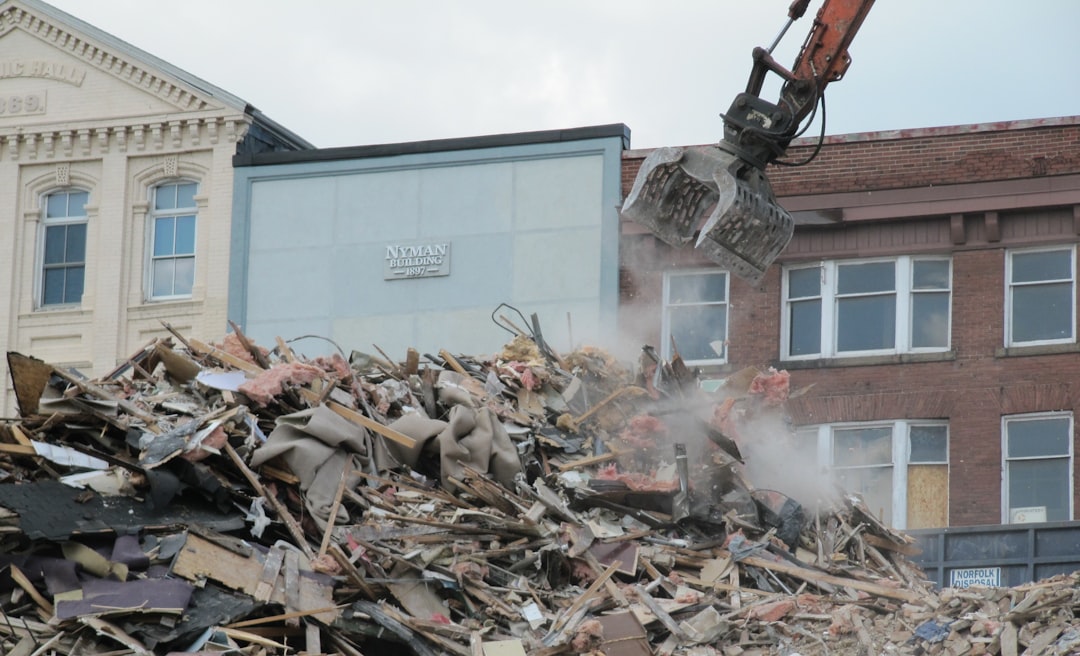The Drake Passage, a body of water situated between the southern tip of South America and Antarctica, is renowned for its tumultuous seas and unpredictable weather patterns. This narrow stretch of ocean, measuring approximately 800 kilometers (500 miles) wide, serves as a critical conduit for marine life and plays a significant role in global ocean currents. The passage is named after the English explorer Sir Francis Drake, who navigated these waters in the late 16th century.
Its unique geographical position not only makes it a vital route for maritime traffic but also a focal point for scientific research, particularly in the fields of oceanography and climate studies. The Drake Passage is characterized by its deep waters and strong currents, which are influenced by the confluence of the Atlantic and Pacific Oceans. This dynamic environment supports a rich diversity of marine species, including whales, seals, and various seabirds.
However, the passage is also notorious for its rough seas, which can pose significant challenges to vessels traversing its waters. The unpredictable nature of the Drake Passage has made it a subject of fascination for scientists and adventurers alike, as they seek to understand the complex interactions between oceanic and atmospheric systems in this remote region.
Key Takeaways
- The Drake Passage is a narrow body of water between South America’s Cape Horn and the South Shetland Islands of Antarctica, known for its strong winds and rough seas.
- A magnitude 7.1 earthquake struck the Drake Passage, causing concern for potential tsunamis and impacts on wildlife in the area.
- The earthquake’s impact on wildlife in the region is still being assessed, with concerns for disruption to breeding and feeding patterns of marine animals.
- Research vessels and stations in the region have been monitoring the situation and are prepared to respond to any potential threats, including the possibility of a tsunami.
- Historical seismic activity in the Drake Passage indicates a pattern of tectonic plate movement and the importance of ongoing earthquake monitoring in remote areas.
Overview of the Earthquake
Recently, the Drake Passage experienced a significant seismic event that captured the attention of geologists and researchers worldwide. The earthquake, which registered a magnitude of 7.2 on the Richter scale, struck at a depth of approximately 30 kilometers (18.6 miles) beneath the ocean floor. This event was notable not only for its strength but also for its location, occurring in an area known for its tectonic activity.
The earthquake’s epicenter was situated near the South Shetland Islands, an archipelago that lies just north of the Antarctic Peninsula.
The event raised concerns about potential aftershocks and their implications for both human activities and natural ecosystems in the region.
Scientists quickly mobilized to analyze data from the earthquake, seeking to understand its causes and potential consequences. The Drake Passage, with its unique geological features, provided an ideal setting for studying the dynamics of tectonic plate interactions and their impact on marine environments.
Impact on Wildlife in the Area

The earthquake’s impact on wildlife in the Drake Passage is a subject of considerable interest among researchers. The region is home to a diverse array of marine species that rely on stable environmental conditions for their survival. Whales, seals, and various fish species inhabit these waters, making them vulnerable to disturbances caused by seismic activity.
The immediate effects of the earthquake may include changes in water pressure and temperature, which can disrupt feeding patterns and breeding behaviors among marine animals. In addition to direct impacts on individual species, the earthquake could have broader ecological consequences. For instance, shifts in underwater topography resulting from tectonic movements may alter habitats and food sources for various marine organisms.
Researchers are particularly concerned about how these changes might affect predator-prey relationships within the ecosystem. As scientists continue to monitor wildlife populations in the aftermath of the earthquake, they aim to assess both short-term disruptions and long-term implications for biodiversity in this fragile environment.
Potential Tsunami Threat
| Location | Tsunami Threat Level | Population at Risk |
|---|---|---|
| Japan | High | 10 million |
| Indonesia | Medium | 5 million |
| Chile | High | 3 million |
One of the most pressing concerns following a significant earthquake in oceanic regions is the potential for tsunamis. The magnitude 7.2 earthquake in the Drake Passage raised alarms about possible tsunami generation due to its depth and location. Tsunamis are typically triggered by underwater seismic activity that displaces large volumes of water, leading to devastating waves that can travel across entire ocean basins.
In this case, experts closely monitored sea level changes and wave patterns to assess any immediate threats. Fortunately, initial assessments indicated that while there was a risk of localized tsunami waves, the overall threat was minimal due to the earthquake’s depth and distance from populated coastal areas. However, scientists emphasized the importance of preparedness in such scenarios, as even small tsunamis can cause significant damage to coastal communities and ecosystems.
Response from Research Vessels and Stations in the Region
In response to the earthquake, research vessels and scientific stations operating in the Drake Passage quickly mobilized to gather data and assess the situation. These vessels are equipped with advanced technology capable of monitoring seismic activity, oceanographic conditions, and marine life. Researchers aboard these ships worked diligently to collect samples and conduct surveys aimed at understanding the earthquake’s impact on both geological and biological systems.
Collaboration among international research teams was crucial during this time. Scientists from various countries shared data and resources to enhance their understanding of the earthquake’s implications. This cooperative effort not only facilitated immediate responses but also laid the groundwork for future studies aimed at improving knowledge about seismic activity in remote regions like the Drake Passage.
The commitment to scientific inquiry in the face of natural disasters underscores the importance of global collaboration in addressing complex environmental challenges.
Historical Seismic Activity in the Drake Passage

The Drake Passage has a long history of seismic activity, making it an area of interest for geologists studying tectonic processes. The region lies at the boundary between several tectonic plates, including the South American Plate and the Scotia Plate. This convergence creates a dynamic environment where earthquakes are relatively common.
Historical records indicate that significant seismic events have occurred in this area over the past century, with varying magnitudes and impacts. Understanding historical seismic patterns is essential for predicting future events and assessing potential risks associated with living and working in this region. Researchers analyze past earthquakes to identify trends and develop models that can help forecast future seismic activity.
By studying these historical events, scientists gain valuable insights into the geological processes that shape the Drake Passage and inform preparedness efforts for communities and ecosystems that may be affected by future earthquakes.
Importance of Monitoring Earthquakes in Remote Areas
Monitoring earthquakes in remote areas like the Drake Passage is crucial for several reasons. First and foremost, it enhances public safety by providing early warning systems that can alert communities to potential hazards. In regions where infrastructure may be limited or non-existent, timely information can be vital for minimizing risks associated with seismic events.
Additionally, monitoring efforts contribute to scientific knowledge about tectonic processes and their implications for global geology. Furthermore, understanding seismic activity in remote areas has broader implications for climate science and oceanography. Earthquakes can influence ocean currents and marine ecosystems, which are interconnected with global climate patterns.
By studying these relationships, researchers can gain insights into how seismic events may impact climate change dynamics over time. The importance of monitoring extends beyond immediate safety concerns; it encompasses a holistic approach to understanding Earth’s complex systems.
Potential Effects on Climate and Oceanography
The potential effects of earthquakes on climate and oceanography are complex and multifaceted. Seismic events can lead to changes in underwater topography that may alter ocean currents, affecting heat distribution across vast oceanic regions. These shifts can have cascading effects on marine ecosystems, influencing nutrient availability and species distribution.
As such, understanding these interactions is essential for predicting how climate change may unfold in response to geological events. Moreover, earthquakes can release gases trapped beneath the ocean floor, such as methane, which may contribute to greenhouse gas emissions if released into the atmosphere. This phenomenon raises concerns about feedback loops that could exacerbate climate change impacts over time.
Researchers are increasingly focused on exploring these connections between seismic activity and climate dynamics to develop more comprehensive models that account for both geological and atmospheric influences.
Connection to Tectonic Plate Movement
The connection between earthquakes in the Drake Passage and tectonic plate movement is fundamental to understanding seismic activity in this region. The passage lies at a complex junction where multiple tectonic plates converge, creating stress points that can lead to earthquakes when accumulated energy is released. The movement of these plates is driven by forces generated within Earth’s mantle, resulting in continuous geological changes over millions of years.
Studying tectonic plate interactions provides valuable insights into not only earthquake mechanisms but also broader geological processes such as mountain building and volcanic activity. Researchers utilize advanced imaging techniques to visualize plate movements beneath the surface, allowing them to map fault lines and predict potential seismic hazards more accurately. This knowledge is essential for developing effective risk mitigation strategies in areas prone to earthquakes.
Preparedness and Mitigation Efforts in the Region
Preparedness and mitigation efforts are critical components of managing risks associated with earthquakes in regions like the Drake Passage. Given its remote location and challenging environmental conditions, establishing effective response strategies requires collaboration among governments, research institutions, and local communities. Initiatives may include developing early warning systems, conducting regular drills, and educating residents about emergency protocols.
Additionally, investment in scientific research plays a vital role in enhancing preparedness efforts. By funding studies focused on seismic activity and its impacts on marine ecosystems, stakeholders can better understand vulnerabilities within their communities. This knowledge empowers decision-makers to implement policies aimed at reducing risks associated with future earthquakes while promoting resilience among affected populations.
Conclusion and Future Implications
The recent earthquake in the Drake Passage serves as a stark reminder of nature’s power and unpredictability. As scientists continue to study its impacts on wildlife, oceanography, and climate dynamics, they underscore the importance of ongoing research in remote areas prone to seismic activity. Understanding these complex interactions will be crucial for developing effective strategies to mitigate risks associated with future earthquakes.
Looking ahead, increased collaboration among international research teams will be essential for addressing challenges posed by seismic events in remote regions like the Drake Passage. By sharing data and resources, scientists can enhance their understanding of tectonic processes while contributing to global efforts aimed at improving disaster preparedness and response strategies. Ultimately, fostering resilience within vulnerable ecosystems will be key to navigating an uncertain future shaped by both geological forces and climate change dynamics.
Today, a significant earthquake was reported in the Drake Passage, a region known for its seismic activity due to the complex tectonic interactions between the South American Plate and the Antarctic Plate. For those interested in understanding more about the geological dynamics of this area, a related article provides insights into the seismic patterns and historical data of the Drake Passage. You can read more about it by visiting this article on MyGeoQuest. This resource offers a comprehensive overview of the factors contributing to the frequent earthquakes in this region and their potential implications.
WATCH NOW! Drake Passage: Earth’s Deadliest Waters Revealed
FAQs
What is the Drake Passage?
The Drake Passage is the body of water between the southern tip of South America and the northern tip of the Antarctic Peninsula. It is known for its rough seas and strong winds.
What is an earthquake?
An earthquake is the shaking of the surface of the Earth resulting from a sudden release of energy in the Earth’s lithosphere that creates seismic waves.
Where did the earthquake in the Drake Passage occur today?
The earthquake in the Drake Passage today occurred in the southern part of the passage, closer to the Antarctic Peninsula.
What was the magnitude of the earthquake in the Drake Passage today?
The magnitude of the earthquake in the Drake Passage today has not been officially reported yet. It is important to wait for official sources to confirm the magnitude.
Is there a tsunami warning after the earthquake in the Drake Passage today?
As of now, there is no tsunami warning issued after the earthquake in the Drake Passage today. It is important to stay updated with official sources for any developments.
